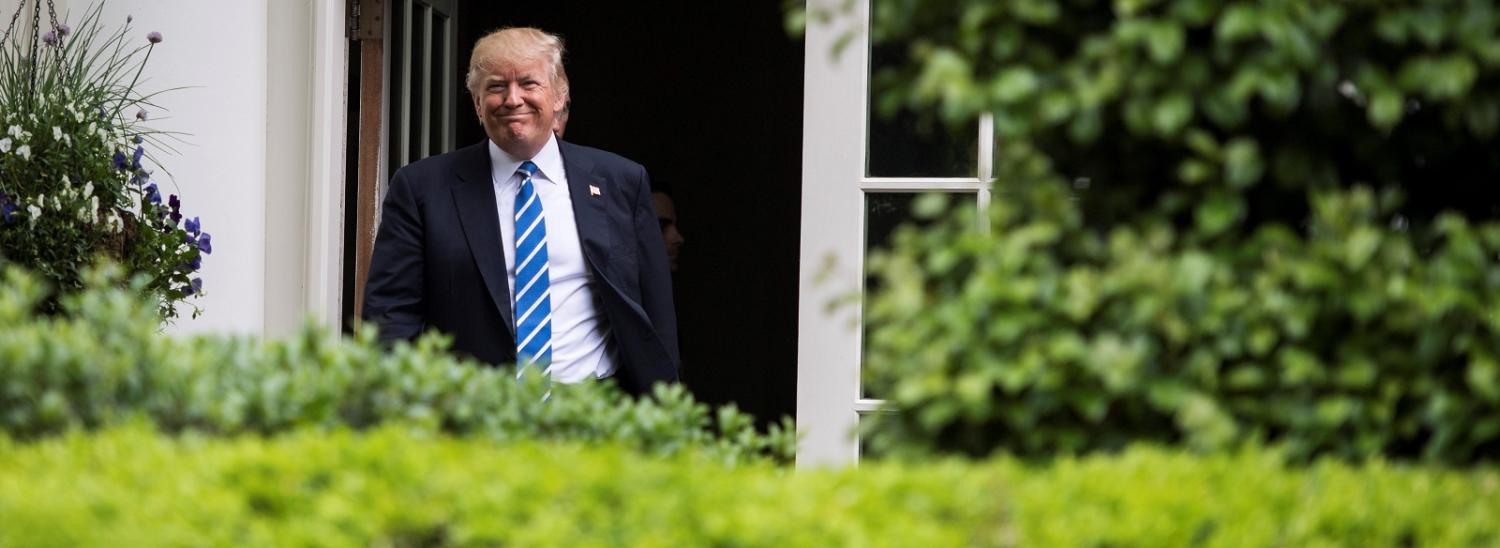More than 100 days into the Trump presidency, the administration’s Asia policy, departmental Asia teams and new ambassadors to the region are still absent and there is no indication of when this will change. For Southeast Asia the first three months of the Trump administration provided very few tea leaves to read for guidance on where this region might fit into the Trumpian worldview.
According to White House public records, no Southeast Asian leader was among the first 50 phone calls involving President Trump and foreign leaders. This lack of early engagement deepened worries in Southeast Asia of another US administration again pre-occupied by the Middle East, Europe and Northeast Asia. The end of Obama’s pivot to Asia looked like it might be a pivot away from Southeast Asia.
President Trump’s weekend phone calls to President Duterte of the Philippines, Prime Minister Lee of Singapore and Prime Minister Prayut of Thailand, each involving an invitation to visit the US, eased these concerns. So did an earlier presidential letter inviting the Prime Minister of Vietnam to visit the US and Vice-President Pence’s announcement in Jakarta that President Trump plans to attend the APEC Summit in Vietnam and the ASEAN Summit in the Philippines in November.
Then came the explanations for the weekend phone calls from White House press secretary Sean Spicer and chief of staff Reince Priebus. Spicer, facing a barrage of criticism for the invitation to President Duterte given his human rights record, used the threat posed by North Korea as justification for the call and the invitation. Priebus referred to the need to get 'our ducks in a row' on North Korea. Assuming these accurately reflect presidential decision-making, there are at least two reasons why the North Korean justification for those initial calls and invitations should quell hopes that President Trump is a convert to the importance of Southeast Asia and ASEAN centrality.
Firstly, President Trump’s first phone contact with three Southeast Asian leaders was to gain their diplomatic support for a US concern in Northeast Asia. The President had conducted numerous phone calls with the leaders of China, Japan and South Korea on the North Korean issue prior to these Southeast Asian calls and North Korea had been a major agenda item for his face-to-face meetings with President Xi and Prime Minister Abe. Southeast Asian states cannot provide much more than diplomatic support for any US position on North Korea and not all Southeast Asian states are likely to be well-behaved ducks for the US on North Korea.
Secondly, President Trump has repeatedly stressed his appreciation for Chinese help on North Korea, his 'really great relationship' with President Xi, and his willingness to consider easing pressure on China in other areas like trade in return for Chinese assistance on North Korea. The South China Sea dispute was far from the top of the agenda in the Trump-Xi meeting at Mar-a-Lago and there have been no reported US freedom of navigation operations near the Chinese military outposts in the Spratlys since the end of the Obama administration. The South China Sea dispute could become an issue where Trump chooses to go easier on China than his predecessor. Such an outcome would further facilitate China’s unlawful activities in the South China Sea and raise pressure on affected Southeast Asian states to either directly criticise China’s actions (something they are loath to do) or accept increased Chinese hegemony in the South China Sea. President Duterte’s recent comments strongly suggest he has chosen the latter option.
The North Korean issue is neither a Southeast Asia issue nor one where Southeast Asian states or ASEAN can play a key role. Trump’s Southeast Asian tea leaves are still few, mostly second-hand, and lacking in body or flavour.

